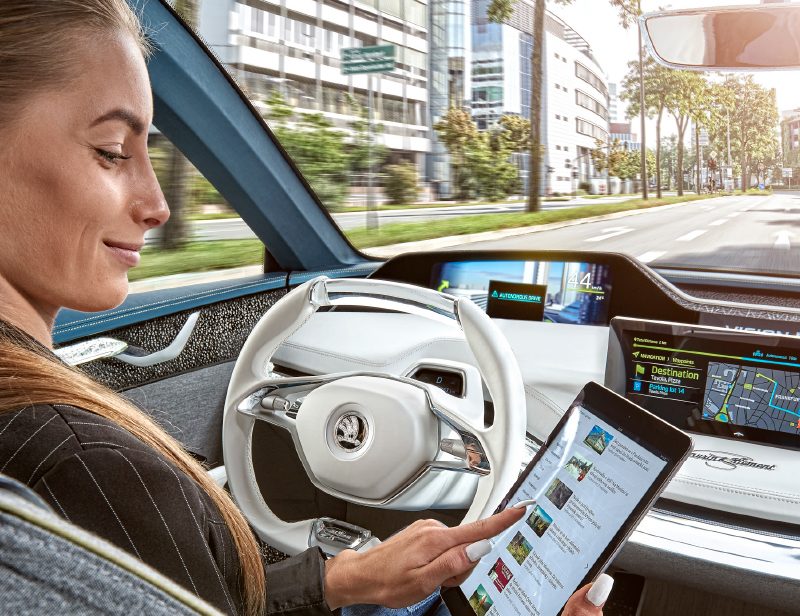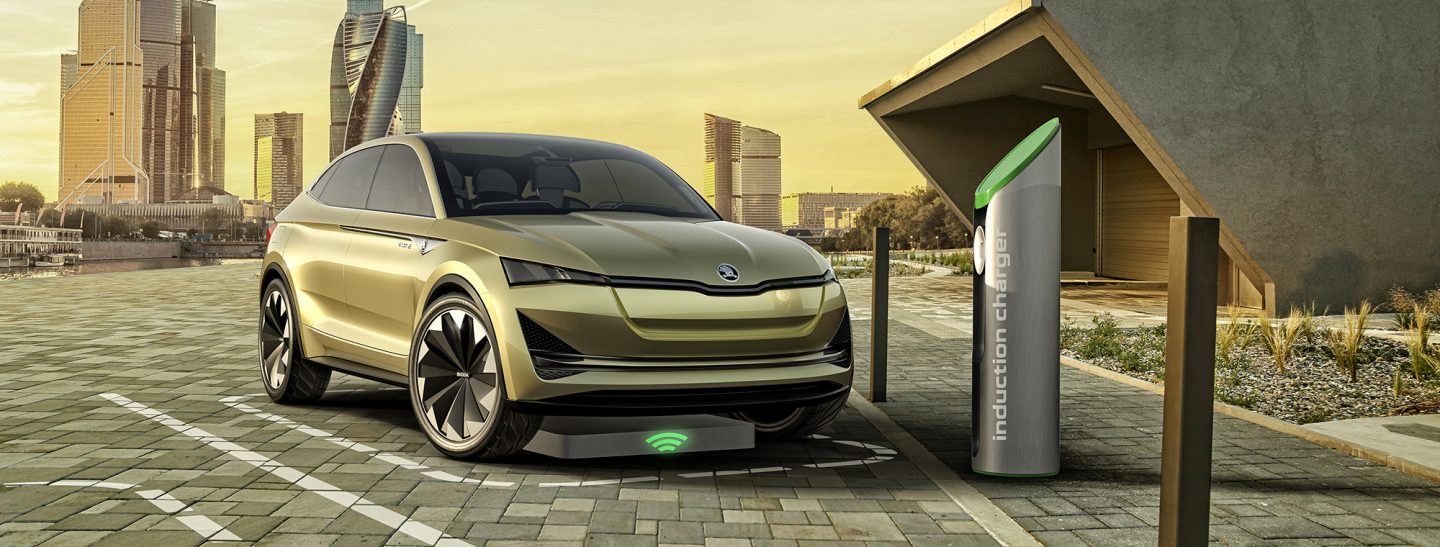How does an electric motor work? 10 questions and answers

Just what is the principle that electric cars work on? How do they behave differently from internal combustion engine cars? How reliable are they? ŠKODA’s experts have come up with clear and easily understandable answers to all of your burning questions.
17. 5. 2018 eMobilityMedia Box
14 images
Show more
Show less





































